What is Platform-as-a-Service (PaaS)? It serves as a pillar!
Platform as a Service is known as PaaS. As opposed to directly purchasing and managing software/hardware resources.
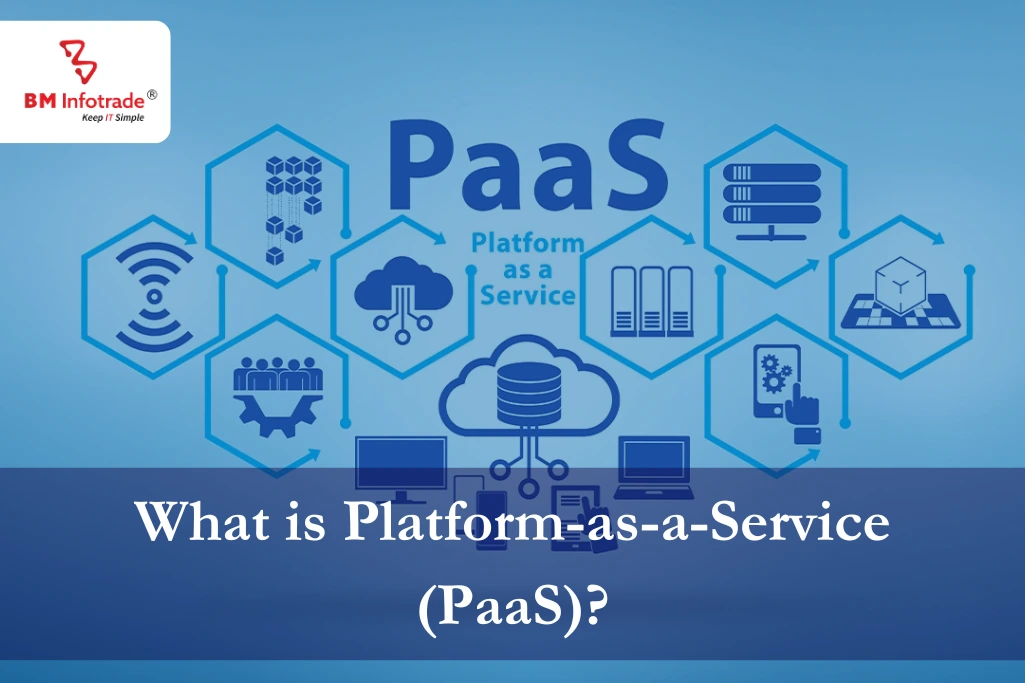
What is Platform-as-a-Service (PaaS)? It serves as a pillar!
Table of Contents
PaaS: what is it?
Platform as a Service is known as PaaS. As opposed to directly purchasing and managing software/hardware resources, it enables software developers to create and run applications on the cloud. It is a cutting-edge cloud computing service model that aids in your better ability to respond to contemporary business requirements.
In 2005, a business called Fotango developed the first PaaS, which was known as Zimki. Google App Engine, Microsoft Azure, Heroku, and AWS Elastic Beanstalk are some popular PaaS providers.
One of cloud computing's three service models is this one. PaaS significantly streamlines the creation of web applications because all backend management is done invisibly to the developer. Serverless computing and PaaS share some similarities, but they also significantly differ in many important ways.
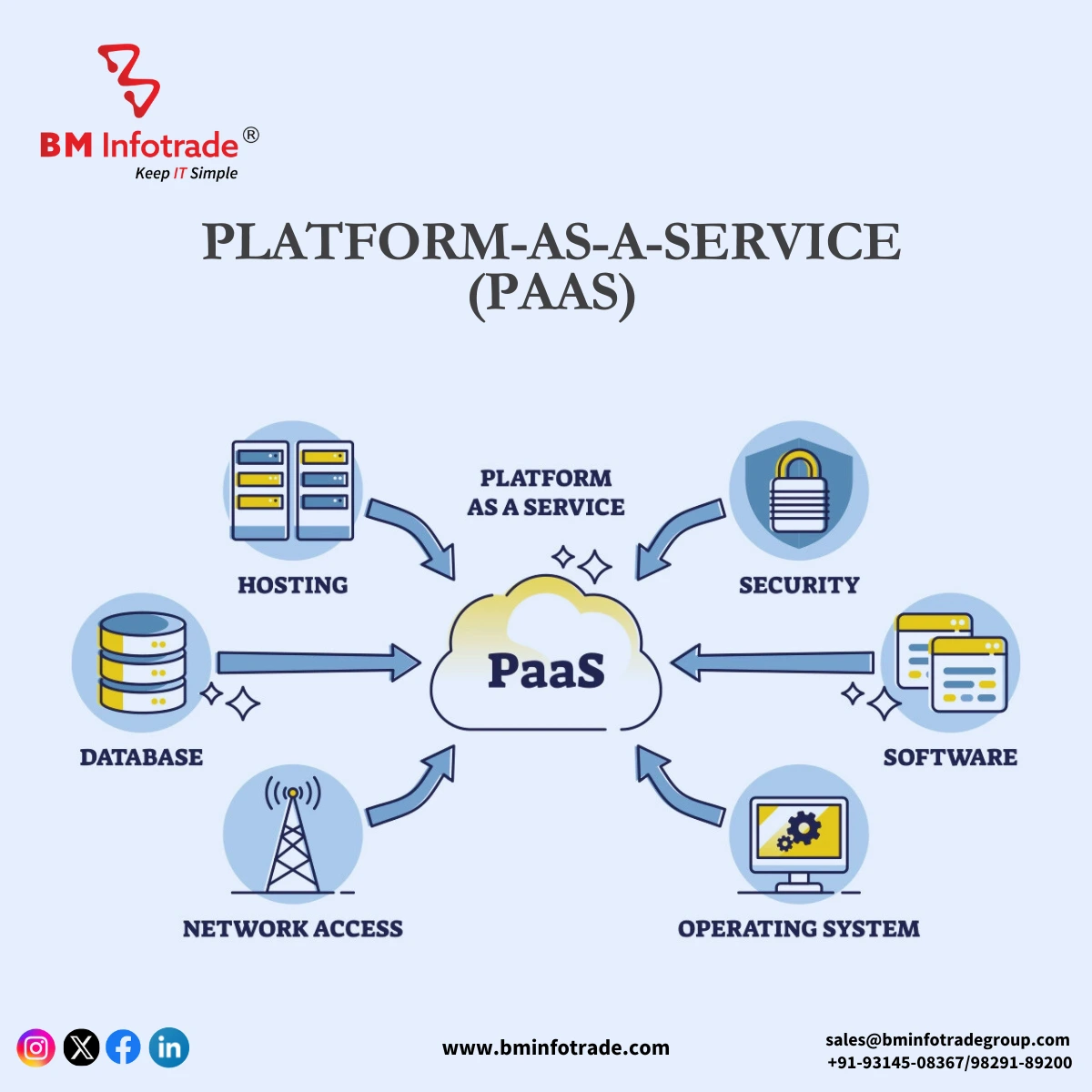
Read More:- What is Infrastructure as a Service / IaaS? A smarter way
How does PaaS operate?
For software development, PaaS does not take the place of a company's entire IT infrastructure. It is supplied by hosted infrastructure from a cloud service provider. The most popular method of access for users is a web browser. PaaS can be used to deliver services like application hosting and Java development through public, private, and hybrid clouds.
PaaS, or Platform as a Service, refers to a cloud computing platform.
The runtime environment for applications is provided by platform-as-a-service. Additionally, it provides the deployment and development tools necessary for the creation of applications. Web applications can be created by non-developers using the point-and-click tools provided by PaaS.Google's App Engine and Force.com are two examples of companies that provide PaaS. Developers can access these websites and build web-based applications using the integrated API.
Benefits
The following are advantages of the PaaS model:
Reduced administrative costs:- Because the cloud provider is in charge of the administration, the customer need not worry about it.
Less expensive total cost of ownership:- The customer is not required to buy pricey hardware, servers, electricity, or data storage.
Scalable answers- Scaling the resources up or down automatically in response to demand is very simple.
Updated system software-Software versions and patch installations must be maintained by the cloud provider.
Characteristics
These are the traits of the PaaS service model:
PaaS provides a development environment based on a browser. Using either point-and-click tools or an application programming interface, it enables developers to create databases and edit application code.
The built-in tools for defining workflow, approval procedures, and business rules are all included with PaaS, along with security, scalability, and web service interfaces.
Other applications on the same platform can easily be integrated with PaaS.
Web services interfaces are another feature that PaaS offers, enabling us to connect applications running on different platforms.
What differences do PaaS and development environments that are hosted internally have?
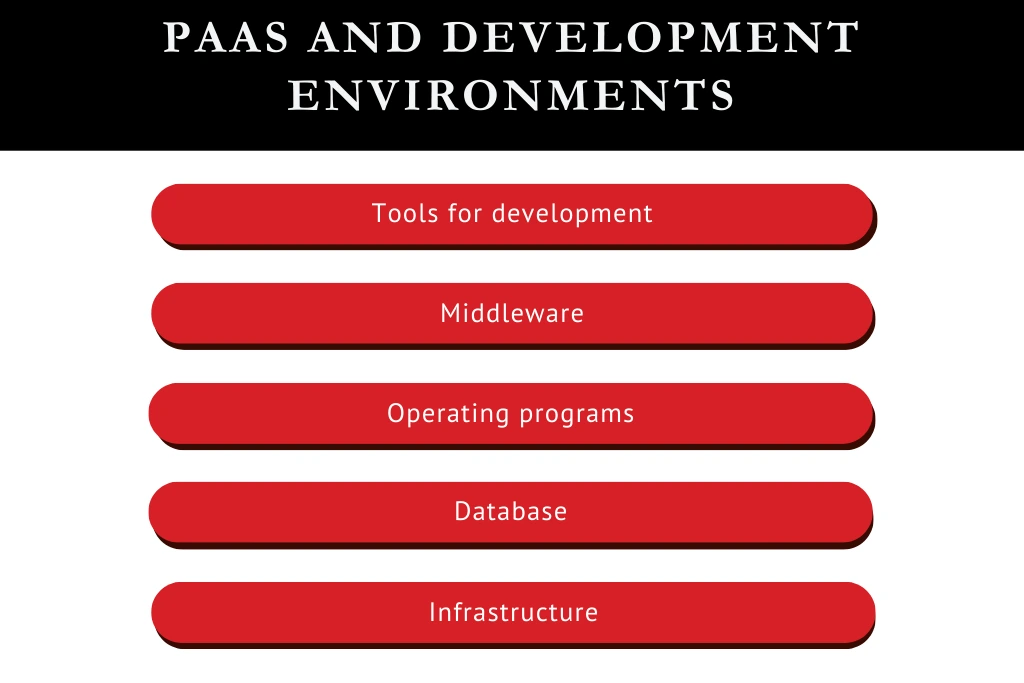
Building an entire application in a web browser is possible thanks to PaaS, which can be accessed via any internet connection. It is possible for developers to work on the application from anywhere in the world because the development environment is not hosted locally. Teams that are dispersed across the country or the world can work together because of this. The development environment is also less under the developers' control, but this comes with much less overhead.
Tools for development
PaaS vendors provide a range of tools, including a source code editor, a debugger, a compiler, and other crucial tools, that are required for software development. These resources might be provided as a framework. The specific tools provided will vary depending on the vendor, but PaaS offerings ought to have everything an application developer needs.
Middleware
is typically included in platforms that are provided as a service so that developers don't have to build it themselves. In order for software to access input from the keyboard and mouse, middleware must be installed between user-facing applications and the computer's operating system. Although middleware is required to run an application, end users never interact with it.
Operating programs
The operating system on which programmers work and the application is run will be supplied and maintained by a PaaS provider.
Database
administration and maintenance PaaS providers. They typically also give developers access to a database management system.
Infrastructure
In the cloud computing service model, PaaS is the layer above IaaS, and everything offered by IaaS is also offered by PaaS. Servers, storage, and physical data centers are either managed by a PaaS provider or are purchased from an IaaS provider.
Read More: SaaS (Software as a Service)- The most reliable!
Conclusion
Whether a development team is small or large, PaaS provides both with infrastructure and resources. Teams can scale up or down as necessary and have access to the resources they require when they need them.
PaaS, is a cloud computing model that offers customers a full cloud platform—hardware, software, and infrastructure—for creating, deploying, and managing applications without the expense, complexity, and rigidity that frequently accompany building and maintaining that platform on-premises.



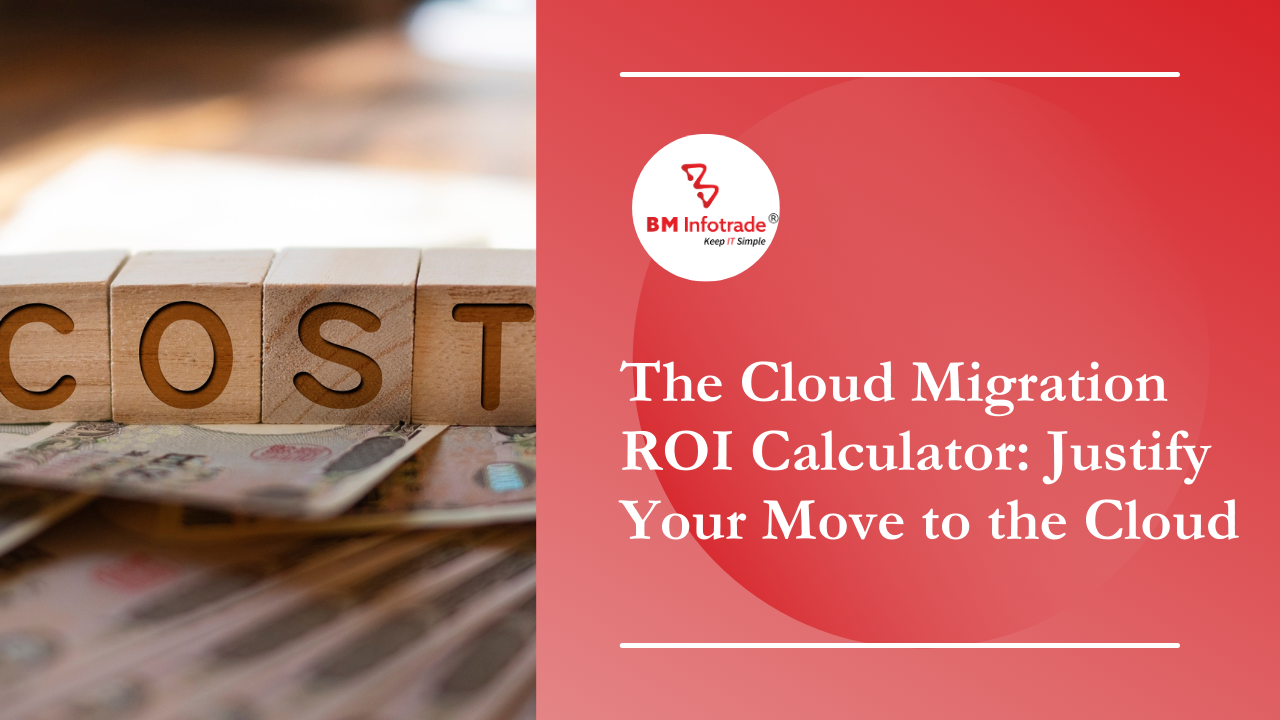
![Cloud Licensing and Compliance Made Easy [All-in-One Bundle]](https://bminfotrade.com/assets/upload/blog/21851766642757.png)

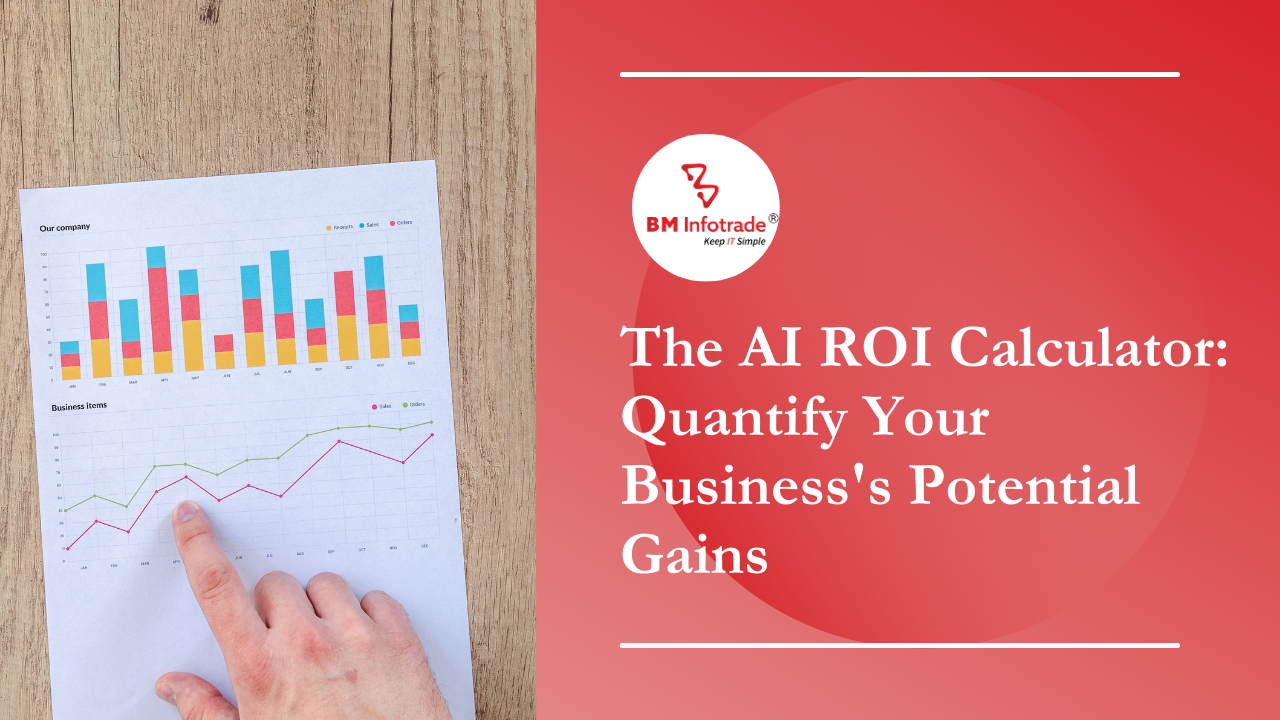
Anshul Goyal
Group BDM at B M Infotrade | 11+ years Experience | Business Consultancy | Providing solutions in Cyber Security, Data Analytics, Cloud Computing, Digitization, Data and AI | IT Sales Leader